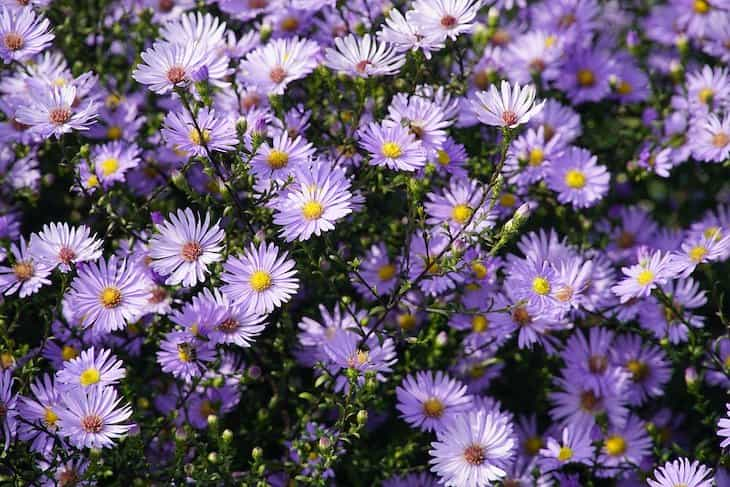Gardening tips: How to grow asters like a pro
If you want your garden to be full of beautiful flowers, then you should try growing asters – they are pretty and low-maintenance!
There are lots of different kinds of asters, but most of them are pretty easy to grow, and we'll explain how.
Let's make your garden beautiful!
Choosing the Right Spot
Pick a spot in your garden that gets plenty of sunlight.
Asters love sunshine, so find a sunny area that receives at least six hours of sunlight each day.

Preparing the Soil
Make sure the soil is well-draining and enriched with organic matter. Asters prefer soil that is not too soggy.
Adding compost or well-rotted manure can enhance the soil quality.
Planting Asters
Plant asters in the spring or early summer. Dig a hole, place the plant in it, and cover the roots with soil.
Water the plant gently after planting to help it settle into its new home.
Watering Routine
Asters like consistent moisture but not waterlogged conditions. Water them regularly, especially during dry spells.
Aim to keep the soil consistently moist, not too wet or too dry.
Mulching
Mulch around the base of the asters.
Mulch helps to retain moisture, suppress weeds, and regulate soil temperature. It's like a cozy blanket for your plants.
Supporting Taller Varieties
If you're growing taller varieties of asters, consider providing support.
Insert stakes or plant supports to help them stand tall and proud.
Deadheading
Remove faded or dead flowers regularly.
This process, known as deadheading, encourages the plant to produce more blooms and keeps your garden looking tidy.
Fertilizing Sparingly
Asters generally don't need a lot of fertilizer. Too much fertilizer can lead to leggy growth.
If your soil is nutrient-poor, you can add a balanced, slow-release fertilizer in spring.
Protecting from Pests
Keep an eye out for pests like aphids. If you notice any, gently wash them off with a stream of water.
Asters are relatively resistant to pests, but it's good to check regularly.
Previously, we talked about choosing a perfect garden size.

